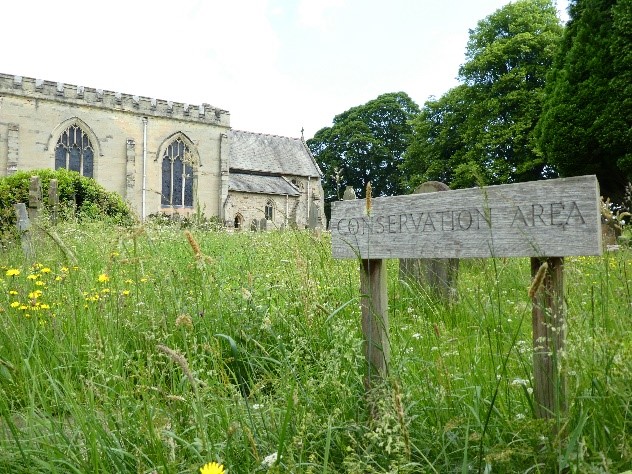 The Church of England’s Energy Footprint Tool is now open for churches to enter fuel and power use from 2023.
The Church of England’s Energy Footprint Tool is now open for churches to enter fuel and power use from 2023.
The data collected from the tool will help churches understand their carbon footprint and will mean they may be eligible for grants to help kick-start net zero projects.
This work is an essential part of caring for God’s Creation, by helping to combat global heating and climate change.
The easy-to-use online tool will tell churches what their carbon footprint is, based on the energy used to heat and light buildings.
Jemima Parker, Diocesan Environment Officer, said: “The Church of England’s General Synod voted in February 2020 for the whole of the Church to achieve net zero carbon by 2030.
“The vote recognised that responding to the climate crisis is an essential part of our responsibility to safeguard God’s creation and achieve a just world.
“The Net Zero by 2030 programme was then established and as part of this, the EFT has been created to collect data to establish a baseline and help churches locally find out their carbon footprint.
“It should only take about an hour to fill the EFT in and the results will really help a church to kick-start carbon reducing projects as we journey together to reach net zero carbon.”
The tool is open until Wednesday, July 31, and can be found on the online Parish Returns system here.
Churches simply have enter their energy figures from the year before.
Once this has been done, the church will immediately receive a report and results including the church’s carbon footprint in CO2e (carbon dioxide equivalent), and a simple assessment of the buildings’ efficiency in graphical form.
To get started a church will need utility bills for the year before: electricity, gas, oil, or whichever other fuel used.
If it is being completed it in 2024, churches will need their 2023 bills.
For most churches, the national team already know the floor area.
If they don't already hold this information, churches will need a sensible estimate of the m2 floor area of the church, and any other associated buildings inputted, such as the church hall.
